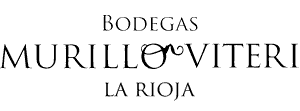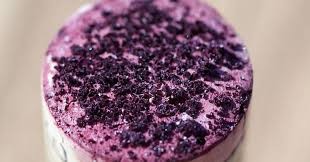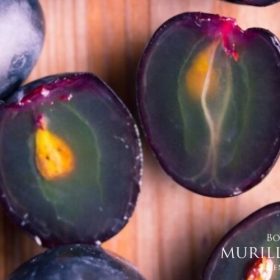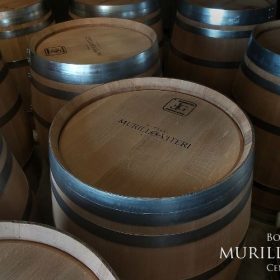It is not an organoleptic defect and does not compromise the quality of the wine. Tartaric precipitation appears as a crystalline, slightly coloured sediment, usually forming a crust. The wine remains clean and its organoleptic properties are not altered by the presence of this precipitation.
Although these crystals do not affect the quality of the wine, wineries try to stabilise their product before putting it on the market. They are avoided for commercial reasons, as many consumers perceive them as a defect in the wine (when in fact they are not).
The result of these crystals is the conjugation of tartaric acid and ions present in the must. This precipitation is very common due to the high content of tartaric acid in the grape must.
How are they formed?
The mineral and acid content of the wine is the origin of these crystals, which tend to precipitate over time in the form of salt.
The main factors that also influence the appearance of tartaric precipitation are:
- Cold: low temperatures favour the appearance of these crystals and their precipitation. Subjecting the wine to temperatures below 0ºC is a good treatment to eliminate the crystals before bottling. Prevention is better than cure!
- Alcohol: a higher alcohol content increases precipitation.
- Potassium and calcium: their presence increases the formation of crystals.
To avoid their appearance, after clarification of the wine it is usual to carry out tartaric stabilisation, either with cold treatments or by adding mannoproteins, in order to avoid precipitations.









 Deutsch
Deutsch Français
Français Italiano
Italiano Nederlandse
Nederlandse